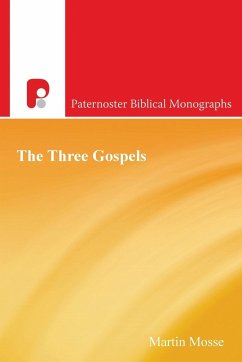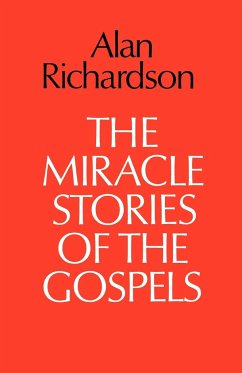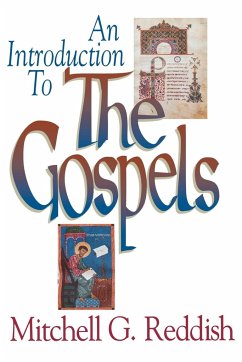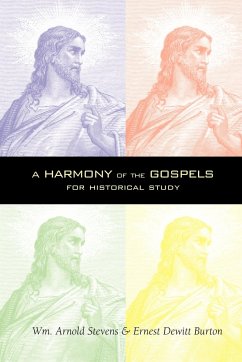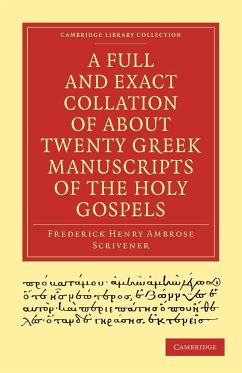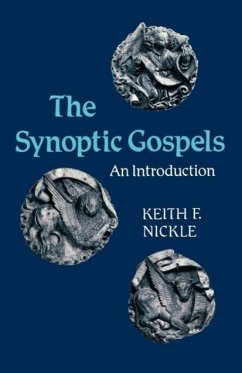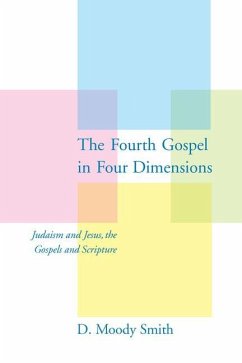
John Among the Gospels
Second Edition
Versandkostenfrei!
Versandfertig in über 4 Wochen
25,99 €
inkl. MwSt.

PAYBACK Punkte
13 °P sammeln!
John's relationship to the other canonical Gospels has from Christian antiquity been the subject of serious discussion and debate. Did John know them? Did he use them as sources for his own ""spiritual"" gospel? If so, can his eccentricities in using them be explained? In ""John Among the Gospels"" D. Moody Smith confronts these questions, describing how the relationship of the Fourth Gospel to the Synoptics has been understood, particularly in modern biblical scholarship. John's difference from the other gospel narratives was recognized by such ancient Christian writers as Clement of Alexandr...
John's relationship to the other canonical Gospels has from Christian antiquity been the subject of serious discussion and debate. Did John know them? Did he use them as sources for his own ""spiritual"" gospel? If so, can his eccentricities in using them be explained? In ""John Among the Gospels"" D. Moody Smith confronts these questions, describing how the relationship of the Fourth Gospel to the Synoptics has been understood, particularly in modern biblical scholarship. John's difference from the other gospel narratives was recognized by such ancient Christian writers as Clement of Alexandria in the late 2nd century, Origen in the early 3rd century, and Eusebius in the early 4th century, who set the stage for opposing views of John's relation to the Synoptics. John was deemed either compatible with, if supplementary to, the other canonical Gospels, as Clement and Eusebius believed, or obviously at odds historically with the companion works, according to Origen's opposing view. These two essential interpretive views have played out to the present day. Smith summarizes the theories and countertheories that have driven Johannine scholarship since the time of the early church, clarifying the interrelationship among commentators at the same time that he offers an insightful overview of this key issue in Johannine studies. In a new, final chapter included in the second edition of ""John Among the Gospels"", Smith emphasizes the difficulty of determining what constitutes redaction and how the apparently redactional or compositional elements found their way into the Gospel of John. Using the Gospel of Mark as his primary point of reference, Smith probes the difficulties involved in discerning how John understood and used ther Synoptics, if indeed John knew or used them at all.



